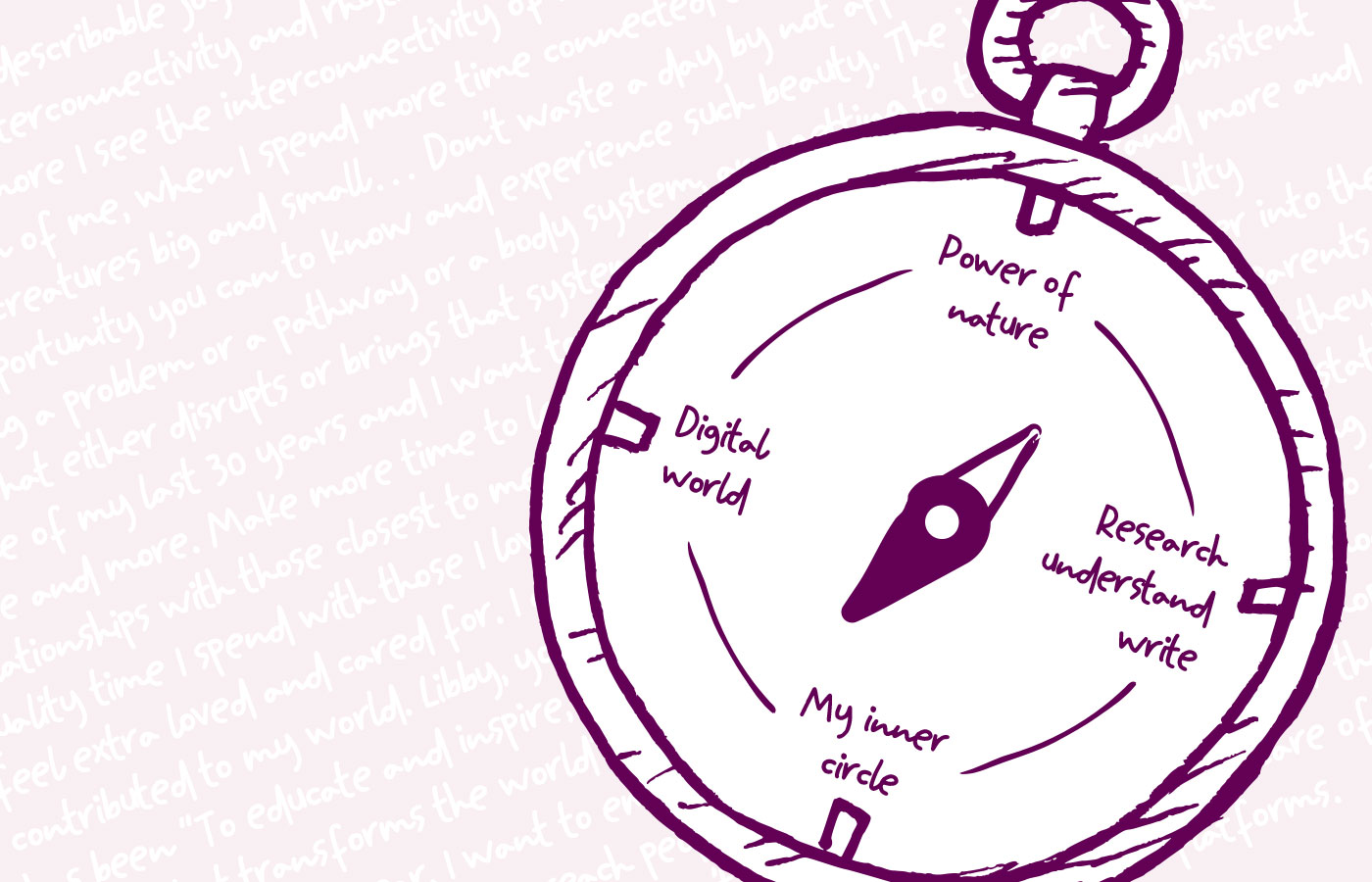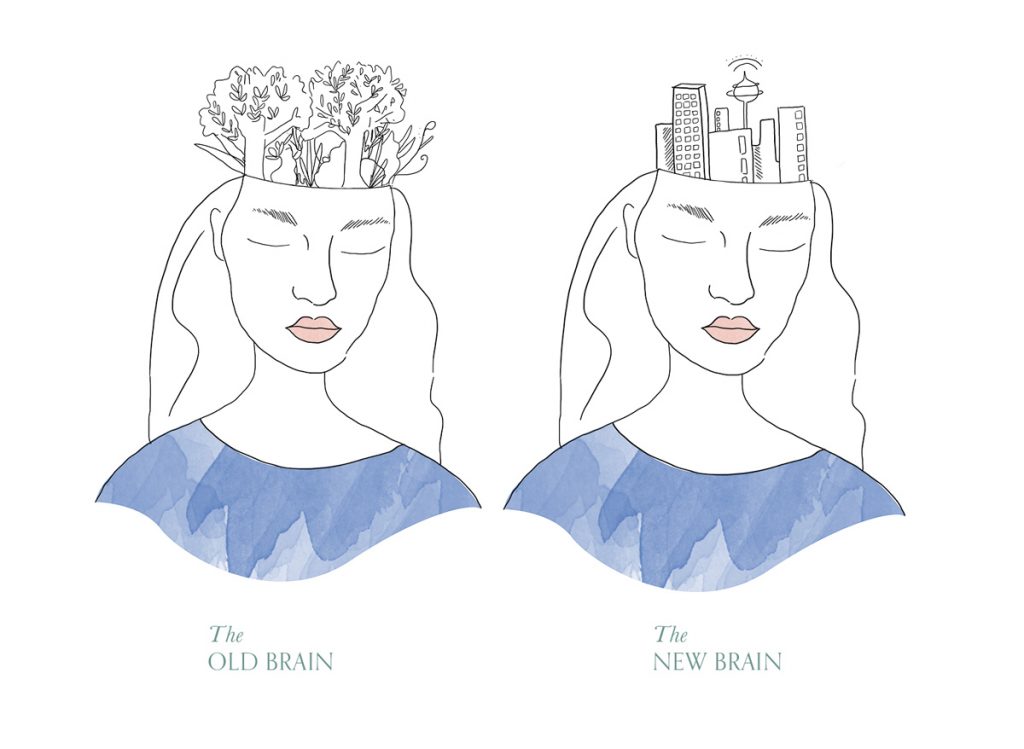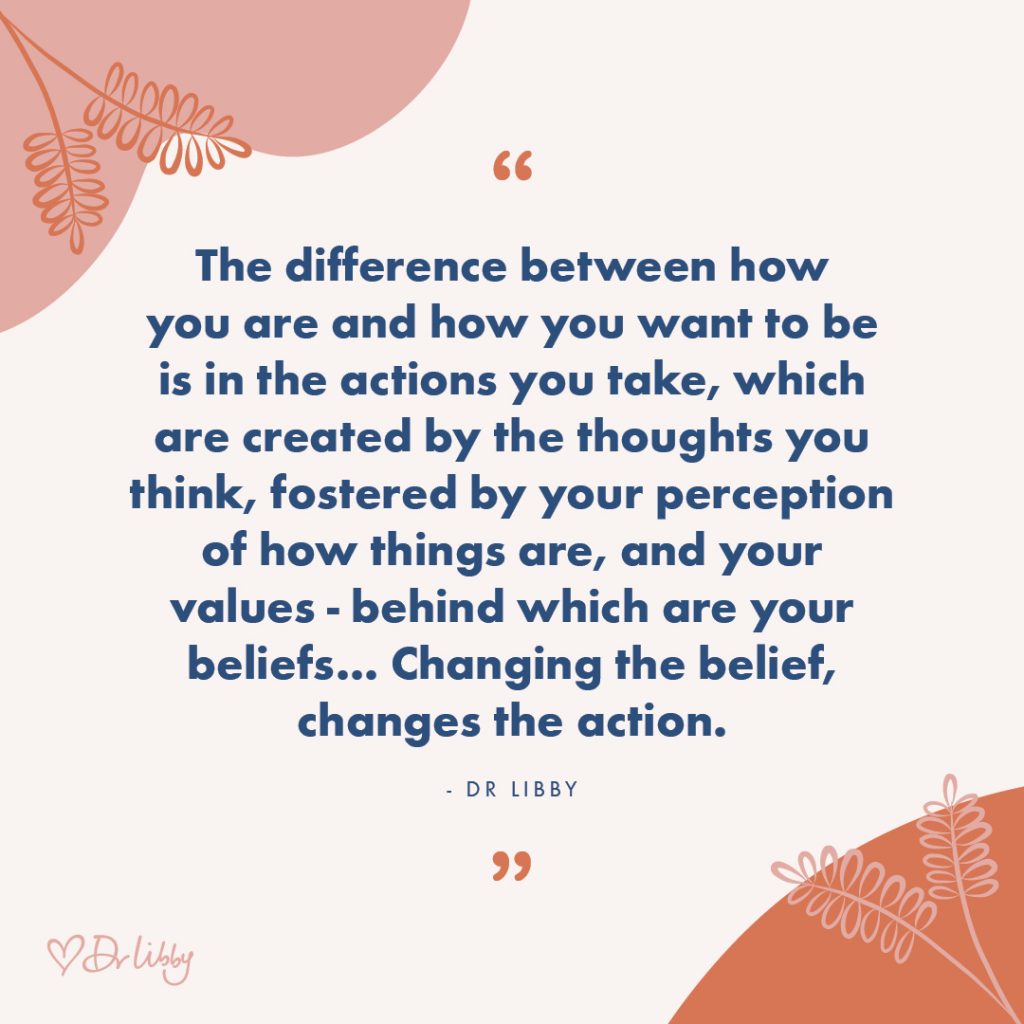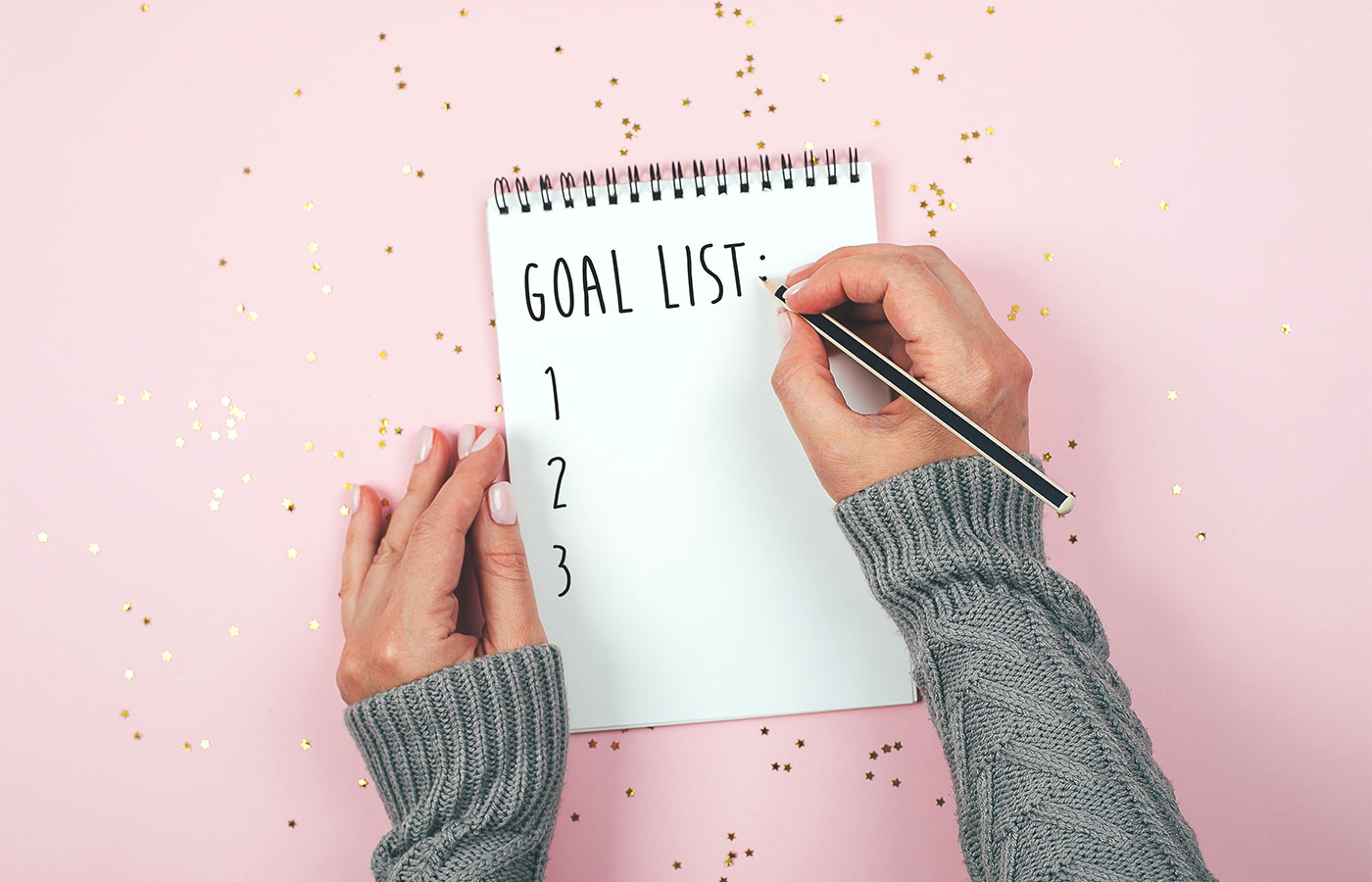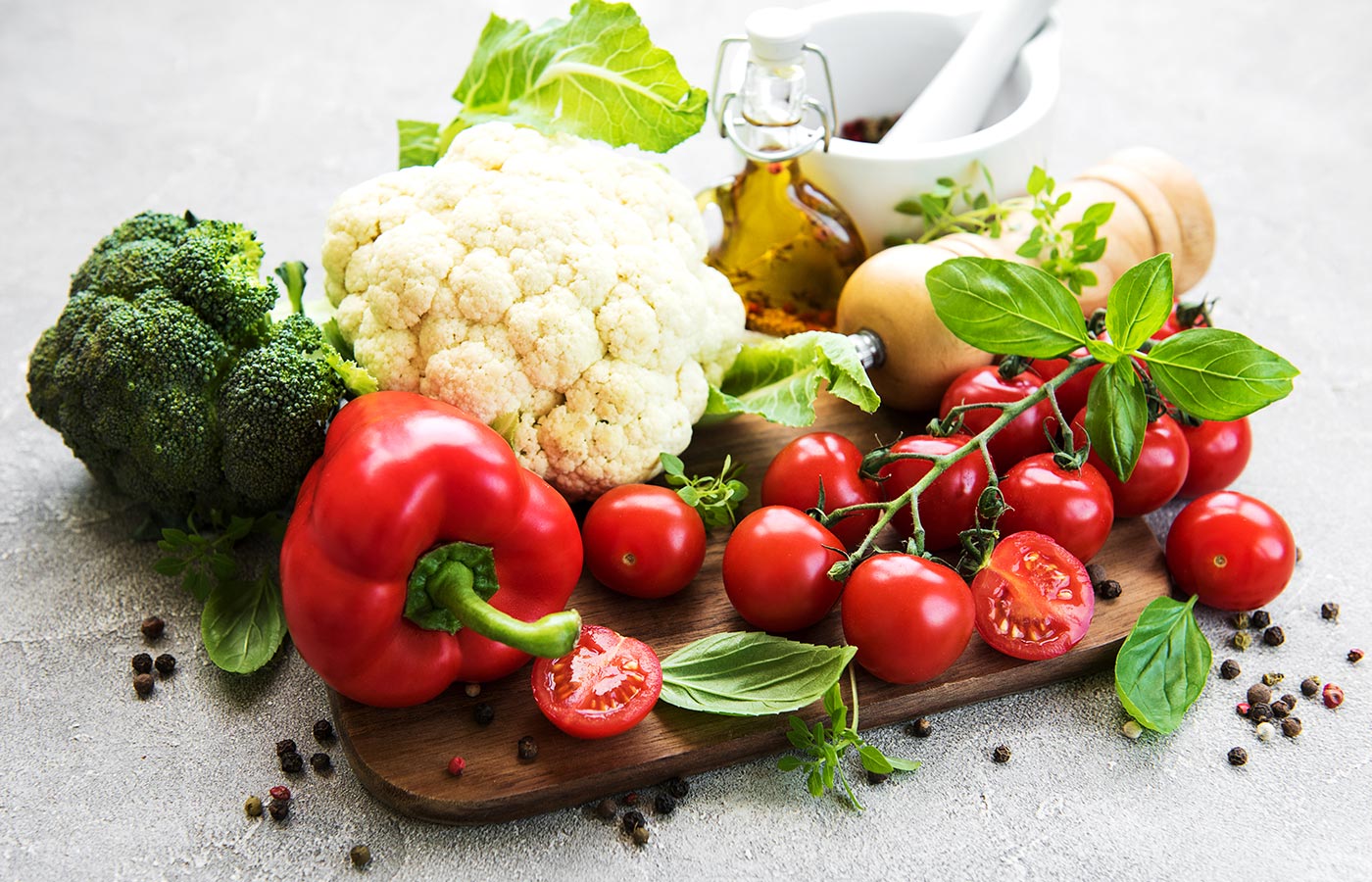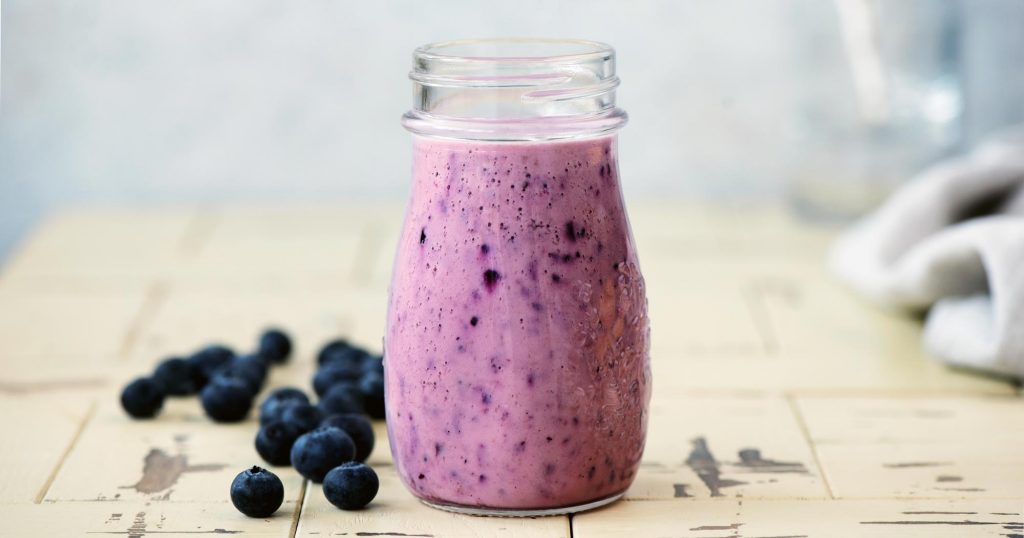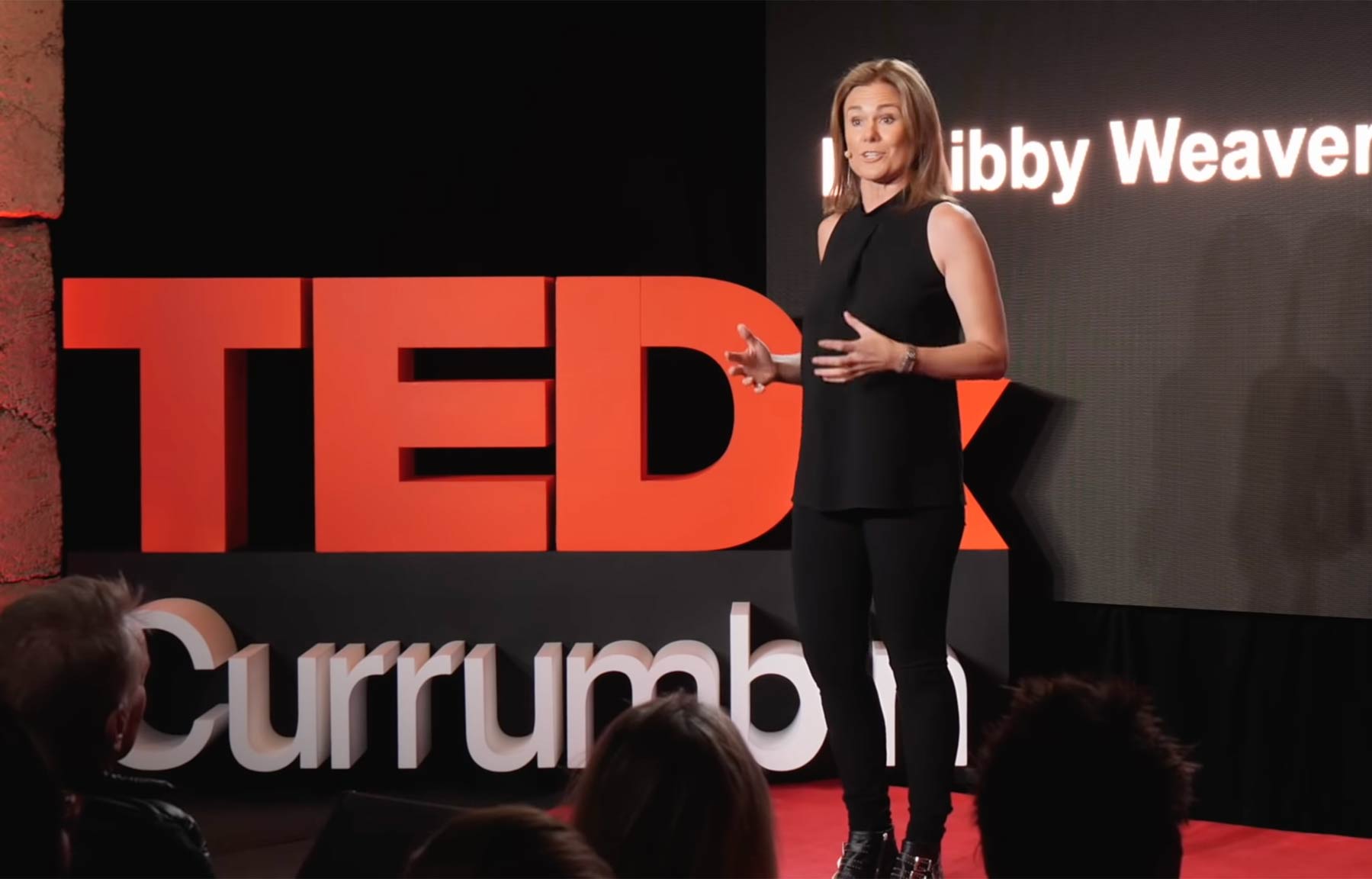An assertion I have heard many times in my work – which has its roots in Lewis Carroll’s Alice in Wonderland – is that “if you don’t know where you’re going, any road will get you there”.
I often think of this statement and its multiple applications to so many aspects of our lives. Whether that’s great health, more energy, connection to nature, what you want to do with your business/career, who you want to spend time with, how you want to spend your weekends… the list goes on.
As the curtain comes down on our current year, a phenomenon, that in all honesty, I find rather odd, arises – the desire or perceived need to set new year resolutions. Two of my (numerous!) challenges with new year resolutions are that they don’t last (most don’t make it into February) and they can feel restrictive. It’s like we have the microscope too focussed on the minutiae rather than stepping back and appreciating that you’re a human looking into a microscope and if you just pivoted, your view could be gazing outwards through a telescope that is right here next to the microscope. That certainly changes your view and perspective enormously.
I know that’s a little abstract, but let’s utilise this moment before we make any resolutions to examine how we want to live, before we commit to what we want to achieve.
From a very young age I have journaled my thoughts. It’s a way I’ve tried to work things out, work myself out, and make sense of actuality, rather than living with made up stories. The clarity I obtain from letting myself write freely, offers me insights and broad-brush, macro intentions, which helps me frame my micro actions. It’s like putting the four points on my compass before I take the first step on my journey.
I encourage you during this holiday season, to find the four points on your compass that encapsulate the essence of you, what matters to you, and what it is you want to experience in 2022 and beyond. These compass points would then form the framework and help you answer Lewis Carroll’s thought-provoking notion, and hopefully bring you clarity on where you seek to (metaphorically) go.
To help you get started, I want to share the insights that have allowed me to create my 2022 compass.
Wishing you a fulfilling, soul-nourishing 2022.
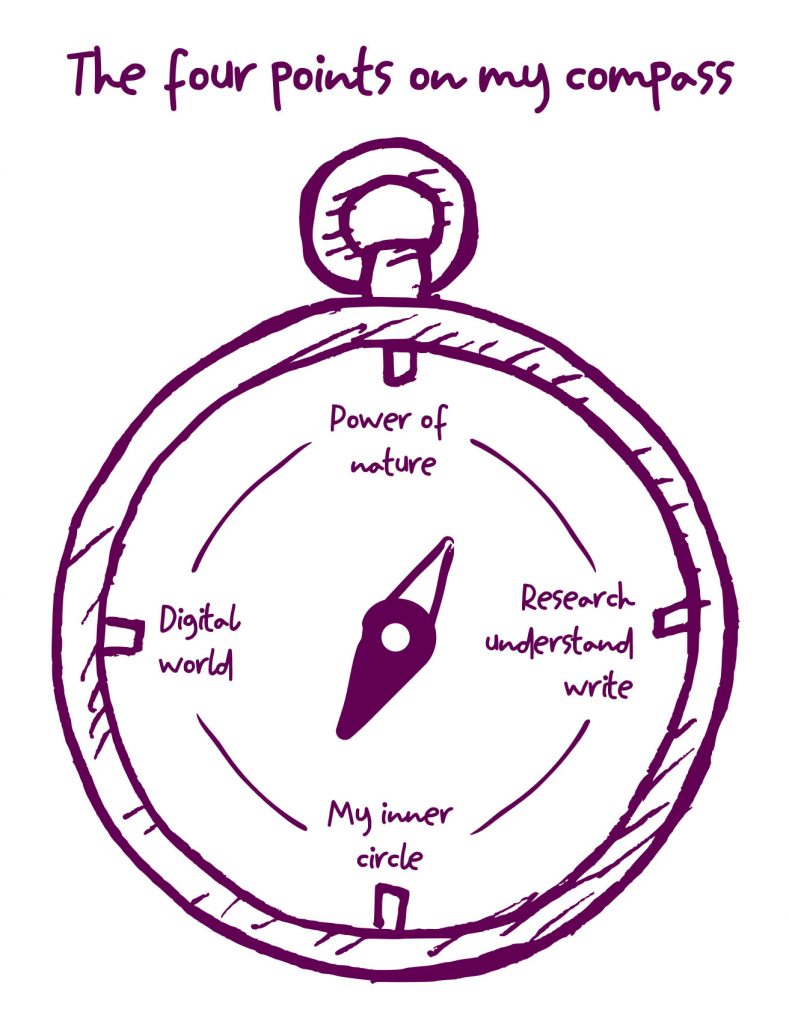
The four points on my compass
Insight 1- the power of nature
There is an indescribable joy in nature. Standing on the grass and gazing into nature, I realise the interconnectivity and rhythms of many ecosystems. And the more I extend that lens, I more I see the interconnectivity of it all. My first message to myself is I am the best version of me, when I spend more time connected to the earth, the soil, the trees, the birds the creatures big and small… Don’t waste a day by not appreciating this and spend every opportunity you can to know and experience such beauty.
Insight 2 – research, understand and write
The joy I get from exploring a problem or a pathway or a body system, and getting to the heart of the matter into what either disrupts or brings that system back into harmony, has been a consistent theme of my last 30 years and I want to do it more. I just want to understand more and more and more. Make more time to learn, read, reflect and write.
Insight 3 – my inner circle
Deep, quality relationships with those closest to me, lights me up. In 2022, I want to dive deeper into the quality time I spend with those I love. High up on this list, is ensuring my ageing parents feel extra loved and cared for. I am so grateful for how they raised me and all they have contributed to my world.
Insight 4 – embrace the gifts the digital world offers
Libby, you can be a bit of a luddite. My business mission statement has been “To educate and inspire, enhancing people’s health and happiness, igniting a ripple effect that transforms the world”. The old me would (unsustainably) spend up to 150 nights on the road each year. I want to embrace the wonders of the technology our modern world provides, so that I can reach people from all edges of the planet, in the hope that that ripple can impact people in places I can’t currently imagine. I want to deliver the three pillars of my work, offering people practical ways to take even better care of themselves, in a way that is authentic to me, through these wonderful new platforms.

